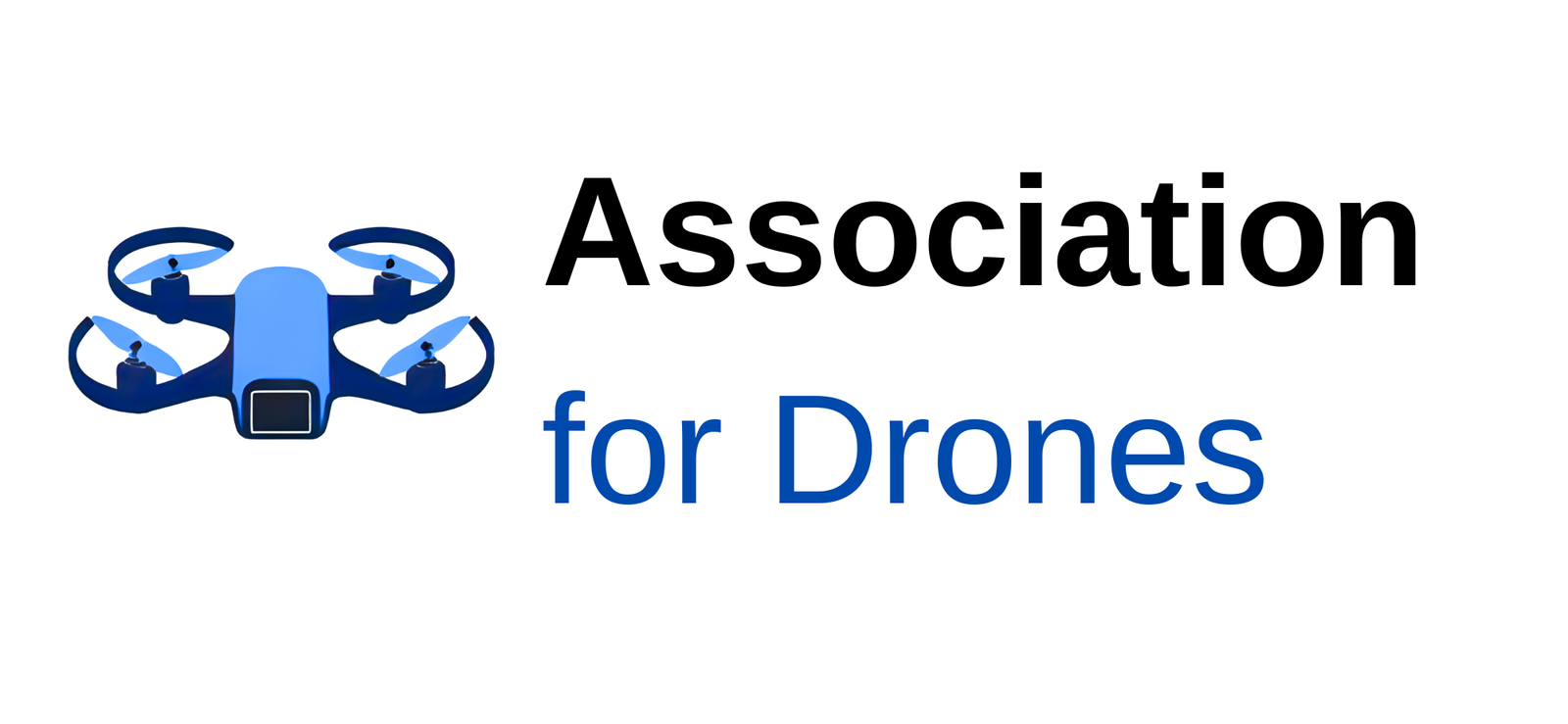Drones are transforming industries—from delivering medicine to monitoring infrastructure. But as skies fill with buzzing aircraft carrying cameras and sensors, privacy concerns are rising just as quickly as the technology.
How do we balance the benefits of drones with the rights of individuals? The answer lies in a mix of smart regulation, responsible industry practices, and public trust.
1. Why Drones Raise Unique Privacy Issues
Unlike security cameras or satellites, drones are:
- Mobile: They can fly into backyards, hover near windows, or track individuals in public spaces.
- Affordable: Consumer drones put powerful surveillance tech in the hands of millions.
- Versatile: Equipped with zoom lenses, thermal cameras, or LiDAR, drones can collect sensitive information at scale.
- Hard to detect: Small drones can operate quietly and discreetly, making people feel watched without knowing it.
This creates a tension: drones provide huge value for safety, efficiency, and sustainability—but can also erode personal privacy if unchecked.
2. Real-World Privacy Concerns
- Residential privacy: Neighbors flying drones over backyards or near windows.
- Data misuse: Companies collecting more personal or location data than necessary.
- Government surveillance: Fears of constant monitoring by law enforcement or agencies.
- Commercial exploitation: Aerial advertising, profiling, or tracking consumer behavior.
Public opinion surveys consistently show that privacy fears are one of the biggest barriers to drone acceptance.
3. The Regulatory Response
Governments worldwide are trying to keep pace with technology:
United States (FAA)
- FAA rules primarily focus on air safety, not privacy.
- Privacy protections fall under state laws (trespass, harassment, “Peeping Tom” statutes).
- Some states have introduced specific drone privacy laws restricting surveillance without consent.
Europe (EASA + GDPR)
- Drones fall under the General Data Protection Regulation (GDPR) when personal data is collected.
- Operators must justify data collection, minimize use, and secure stored footage.
- Stronger emphasis on individual rights (e.g., being informed when filmed).
Other Regions
- Australia & Canada: Require operators to respect privacy laws when flying.
- Asia-Pacific & Middle East: Privacy frameworks vary, but countries like Singapore and UAE enforce strict no-fly zones over sensitive or residential areas.
4. Tools to Protect Privacy
Several regulatory and technological approaches are emerging:
- Remote ID: Helps authorities identify drones in flight, discouraging misuse.
- Geo-fencing: Prevents drones from flying in restricted or sensitive zones.
- Transparency requirements: Operators may need to disclose when and where data is being collected.
- Data minimization: Regulators encourage collecting only what’s necessary (e.g., analyzing crop health without capturing nearby homes).
- Noise and visibility design: Making drones more noticeable can reassure the public when in use.
5. The Industry’s Role
Drone companies and operators can go beyond regulations to build trust:
- Adopt privacy-by-design principles: Limit unnecessary recording, anonymize data, and use secure storage.
- Engage communities: Inform residents when drone operations are planned.
- Create codes of conduct: Industry associations can establish best practices for responsible operations.
- Offer transparency tools: For example, real-time flight tracking dashboards that let communities know where drones are operating.
6. Striking the Balance
Balancing innovation with privacy requires a layered approach:
- Regulators ensure baseline protections (Remote ID, data protection, limits on surveillance).
- Industry adopts proactive measures to safeguard trust.
- Communities have a voice in shaping how drones operate in their neighborhoods.
This isn’t about halting progress—it’s about making sure progress doesn’t come at the cost of civil liberties.
7. Looking Ahead
As drones integrate into smart cities, logistics networks, and public safety programs, privacy will only become more important. Future trends may include:
- Stronger global alignment: ICAO and regional regulators creating shared privacy standards.
- Automated compliance: AI-powered drones that automatically blur faces or private property.
- Community dashboards: Cities giving citizens visibility into drone operations overhead.
- Legal clarity: Courts defining the limits of “reasonable expectation of privacy” in a drone era.
Conclusion
Drones are powerful tools for sustainability, safety, and commerce. But without proper safeguards, they risk eroding public trust. The future of the drone industry depends on striking the right balance—between innovation and individual rights, efficiency and accountability, opportunity and oversight.
The skies of tomorrow should be not only busy, but also responsible.
